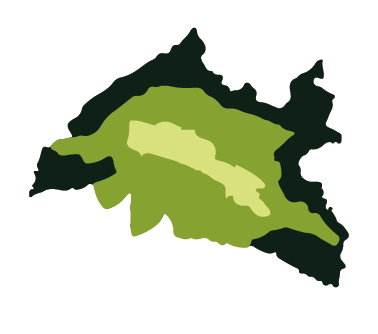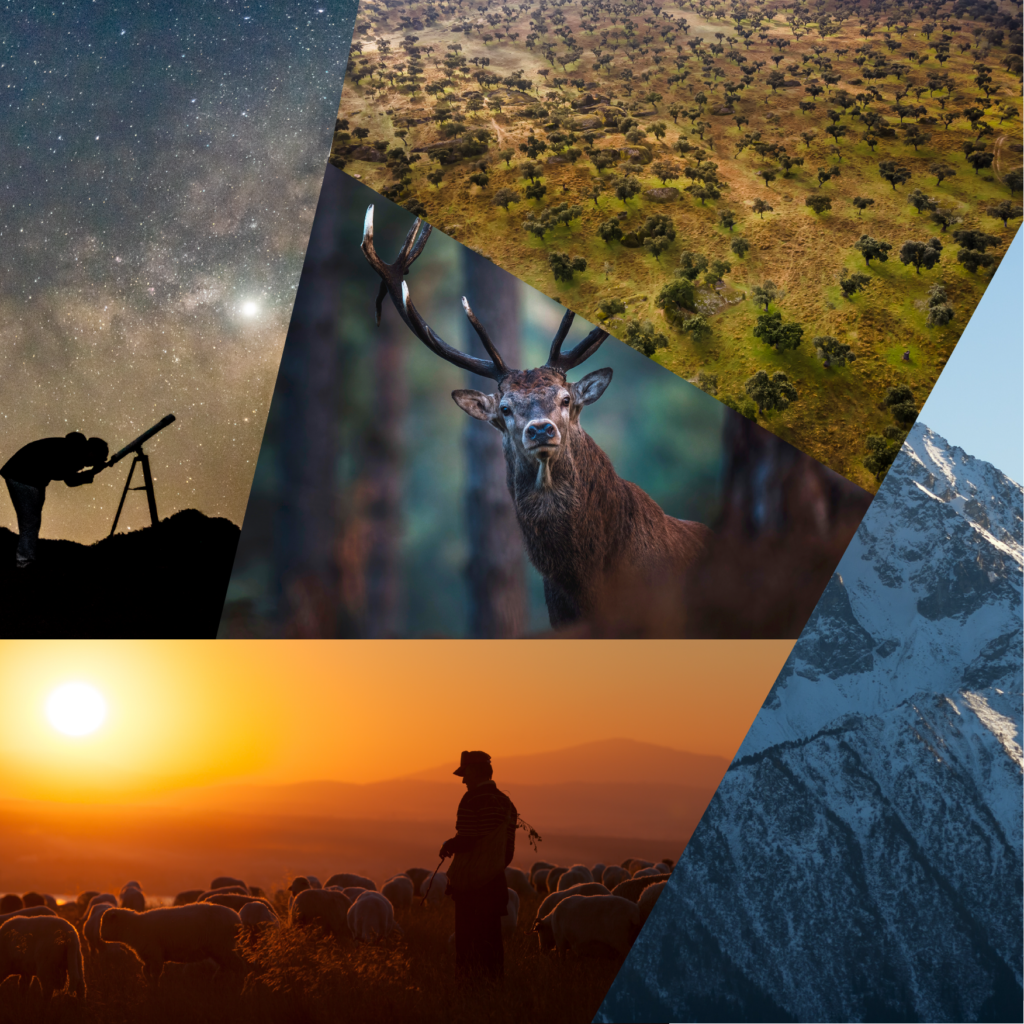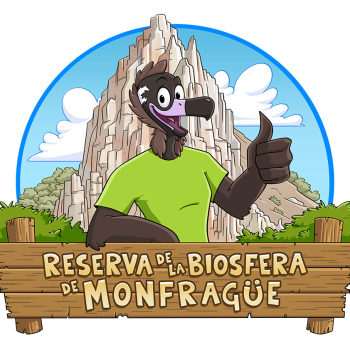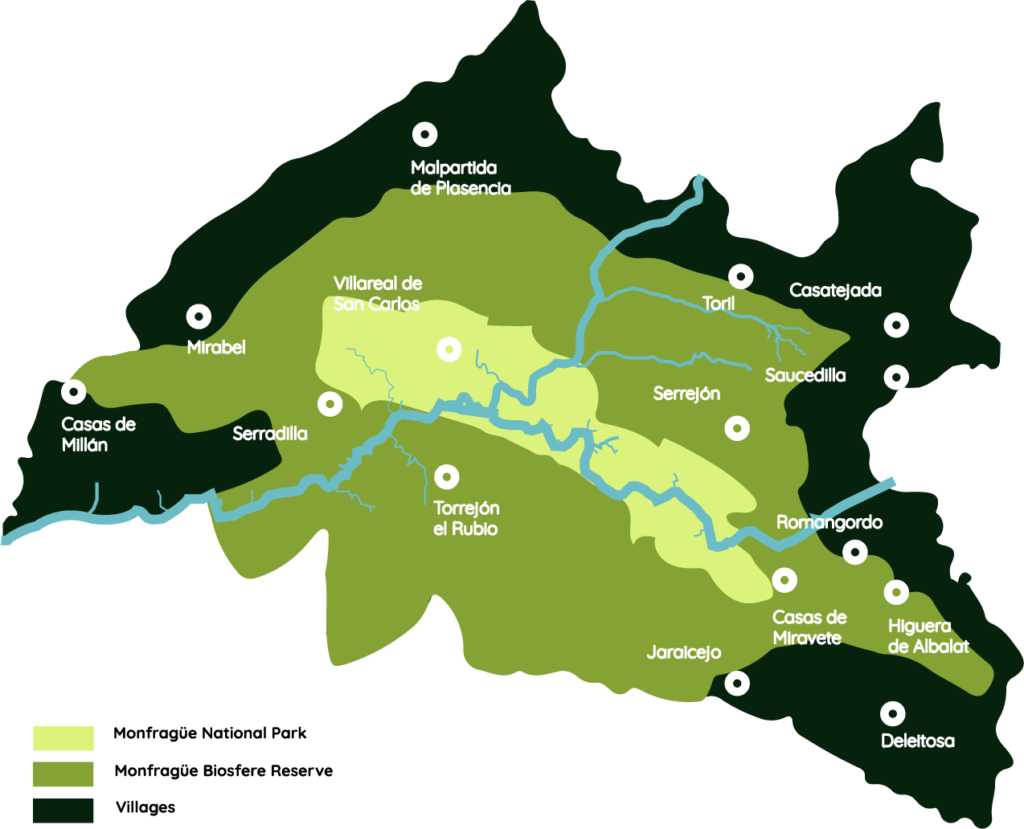
The idea of territories being biosphere reserves was born in 1976 in the form of a proposal of the UNESCO with the aim of achieving harmonious integration between people and nature so as to promote sustainable development, the improvement of knowledge, the improvement of the life of the inhabitants in these territories, and the enhancing of the cultural and social values of their villages.
There are over 700 Biosphere Reserves of which 52 can be found in Spain. The objectives set by the UNESCO for the reserves are as follows:


In 2003 the Monfragüe Biosphere Reserve was recognised as being a territory representative of Mediterranean vegetation in which harmony has been maintained between natural values and progressive and balanced human intervention.
With the Monfragüe Natural Park as the core, an area has been established around it in which to carry out educational, research, and tourist activities. The most extensive area of the Reserve which surrounds this core holds most of its villages and has extensive areas of dehesa and scrub which for centuries have been devoted to extensive exploitation, essentially stockbreeding, forestry, and hunting.
The Monfragüe Biosphere Reserve is particularly well-known for its great biodiversity. Over its surface area of more than 116,000 hectares we can find a variety of landscapes ranging from wide areas of thickets to narrow riverside woodland of alders and ashes. In this rich environment we can observe some of the largest colonies of the black vulture, imperial eagle, black stork, eagle owl, and griffon vulture in Europe and even in the world.
The population density is very low in the Biosphere Reserve; work is being carried out to unite the area and to create sustainable development so as to maintain the population and provide growth opportunities related to the care and conservation of the environment.

Biosphere Reserves are not protected natural spaces but rather territories considered suitable for conservation, scientific research, and the application of sustainable development models in which the local population plays the leading role. It is true however that part of the territory does include areas subject to protection. In our territory these spaces are as follows:
From its declaration as a protected space in 1979 until today, Monfragüe is the most protected and conserved area of the Reserve.
CÁCERES PROVINCIAL
TOURIST INFORMATION
Biosphere Reserve
Visitors Centre
msuarezza@dip-caceres.es
+34 927 199 134








Copyright Monfragüe Biosphere Reserve | Designed by Peces Gordos Estudio
Aviso legal | Políticas de privacidad